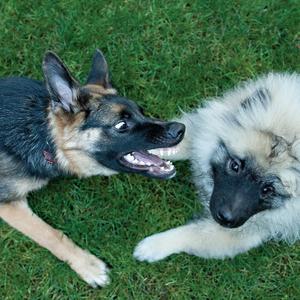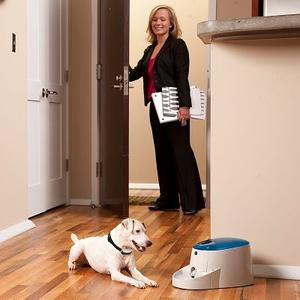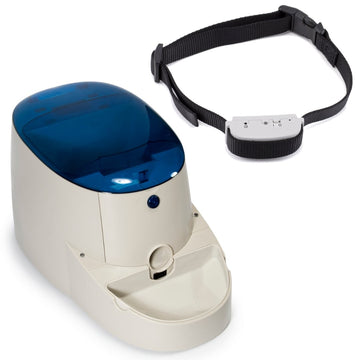Dog barking can be a big headache and major nuisance. In some areas you can even be fined for your dog barking excessively and disrupting your neighbors. To successfully keep your pooch calm and collected, you first need to understand why he's barking. After all, if you don't know why he's barking, then it's going to be hard to get him to stop.
Common Reasons Why Dogs Bark
-
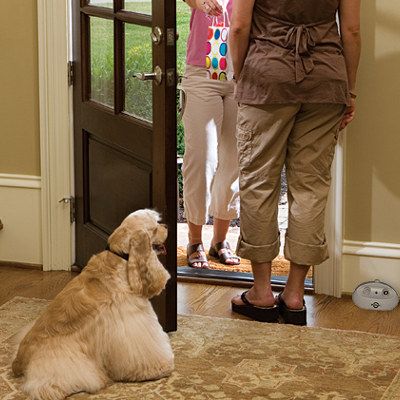 Territorial aggression - Your dog barks, growls, snarls and/or snaps when people or other dogs pass the house. If your dog comes in close contact with the intruder he may bite. Dogs usually stop barking and otherwise vocalizing once the person or dog has passed, but if the person or dog lingers in front of your house or your dog can still hear people or dogs, he may continue barking. Other causes of aggression, such as fear or possessiveness, are less likely to cause barking long enough to create a nuisance.
Territorial aggression - Your dog barks, growls, snarls and/or snaps when people or other dogs pass the house. If your dog comes in close contact with the intruder he may bite. Dogs usually stop barking and otherwise vocalizing once the person or dog has passed, but if the person or dog lingers in front of your house or your dog can still hear people or dogs, he may continue barking. Other causes of aggression, such as fear or possessiveness, are less likely to cause barking long enough to create a nuisance. - Alarm barking - Your dog barks a few times to let you know there is something outside, but barking quickly subsides.
- Separation anxiety - Your dog barks when left home alone, but not in response to another trigger such as the mailman or squirrels outside of the window. He may also whine, howl, go to the bathroom in the house, and become destructive in your absence. Videotaping your dog may be necessary for diagnosis.
- Confinement anxiety - Your dog barks when confined, usually to a crate or other small enclosure, but some dogs still bark and become anxious when confined to rooms or other larger areas.
- Barrier frustration - Your dog barks because he wants to get to something he is prevented from getting to, but not aggressively. For example, when you are standing outside talking to a friend and your dog barks because he knows you are out there and he cannot get to you.
- Predatory behavior - Your dog barks in response to squirrels, rodents, or other prey. Dogs also usually try to chase the prey and may become destructive if they cannot get to the creature.
Reduce or Remove Barking Triggers
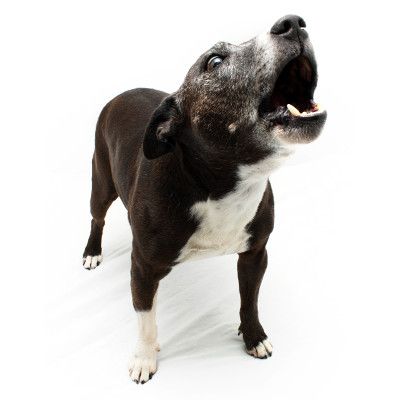 Once you uncover the reason why your dog is barking and the triggers that provoke it, start avoiding these triggers and situations as much as possible. You can't work on introducing the trigger slowly and making your dog feel better or have a response other than barking if he's continually exposed to the situation. He's going to do what he has always done, and that's bark!
Once you uncover the reason why your dog is barking and the triggers that provoke it, start avoiding these triggers and situations as much as possible. You can't work on introducing the trigger slowly and making your dog feel better or have a response other than barking if he's continually exposed to the situation. He's going to do what he has always done, and that's bark!
This is especially important if barking occurs when you are not home since you are not there to remove your dog from the situation. For example, if your dog's barking at noises he hears consider confining him to an area of your house where he is less likely to be able to hear the noises and play white noise or calming music to drown out noises he is hearing. The website simplynoise.com plays white noise.
Desensitize Your Dog to Barking Triggers
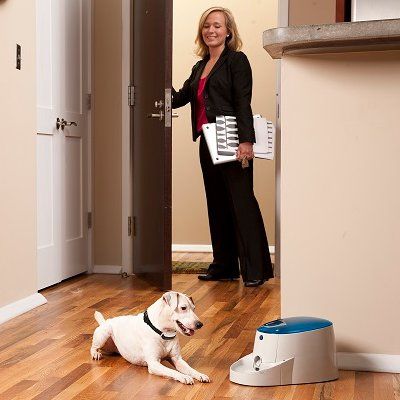 If your dog is barking at a specific trigger, such as strangers passing the house, then teach him to look at you (eye contact) on command and/or touch his nose to your hand (hand target) using treats so that he learns to focus on you. If he is focusing on you, then he is less likely to bark. You have to teach him these commands in non-distracting situations before you can expect him to perform in the face of distractions and his triggers for barking.
If your dog is barking at a specific trigger, such as strangers passing the house, then teach him to look at you (eye contact) on command and/or touch his nose to your hand (hand target) using treats so that he learns to focus on you. If he is focusing on you, then he is less likely to bark. You have to teach him these commands in non-distracting situations before you can expect him to perform in the face of distractions and his triggers for barking.
To address specific triggers of fear, anxiety, and territoriality, try exercises that reward your dog for remaining calm when the trigger (i.e., person, dog, being alone, etc.) is presented at a low level. Then gradually increase the intensity of the trigger (i.e., decreasing the distance, increasing the volume) as long as your dog remains calm and relaxed. This changes your dog's emotional response to the trigger from fearful to happy. This is called desensitization and counter-conditioning.
For example, if your dog's barking at strangers passing the house, start by asking your dog for focus commands you have previously taught and rewarding him with a favorite treat while people pass a few blocks away. If he is calm, relaxed, following commands, and enjoying the reward, move closer to your house, eventually practicing these exercises in your front yard, and then in the house when people pass.
If your dog starts to display signs of anxiety, aggression, or disinterest, then end the session and make it easier for him next time you start. For example, start the next session further from your house. Keep sessions short (2-5 minutes) since this is tiring for you and your dog, but try to make time for sessions 1-2 times per day.
Keep Calm and Walk On
 Head collars (i.e., Gentle Leader®) or front-attach harnesses (i.e., Easy Walk® Harness) give you more control as you start to introduce your dog to the triggers for his barking. Having a dog wear a head collar is like having a horse wear a bridle. It would be silly to try to control a 1,000-pound horse with a neck collar, so why try to control a 10-pound Chihuahua using your physical strength?
Head collars (i.e., Gentle Leader®) or front-attach harnesses (i.e., Easy Walk® Harness) give you more control as you start to introduce your dog to the triggers for his barking. Having a dog wear a head collar is like having a horse wear a bridle. It would be silly to try to control a 1,000-pound horse with a neck collar, so why try to control a 10-pound Chihuahua using your physical strength?
Head collars need to be introduced over several weeks by luring your dog's nose through the collar for treats so that your dog has good association with the collar. When introduced slowly, you will see that a head collar will help you to be able to guide your dog's head when you start introducing the scary dog, person, etc.
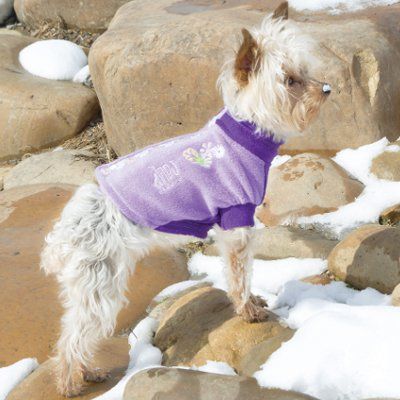 If your dog's barking is rooted in anxiety, several calming aids may help in conjunction with the behavior modification plan:
If your dog's barking is rooted in anxiety, several calming aids may help in conjunction with the behavior modification plan:
- Adaptil™ spray - A synthetic form of the lactating dog's calming mammary pheromone. It comes as a plug-in diffuser, spray for your dog's bedding or a bandana, or my favorite, a collar which emits the pheromone for 30 days and goes everywhere your dog goes without having to reapply it every day. If using the spray, let it dry for 10 minutes after application since it's alcohol based.
- Lavender oil - Put a few drops on a bandana that your dog wears.
- A snug-fitting t-shirt or sweater - This is similar to swaddling a baby.
If your dog's barking starts to become excessive, start treatment right away before you hear from the authorities and it becomes a crisis. There is a lot you can do to work on the problem, but it takes time to make a lasting change. For expert help determining why your dog barks and implementing an individualized behavior modification plan, contact your nearest veterinary behaviorist.



